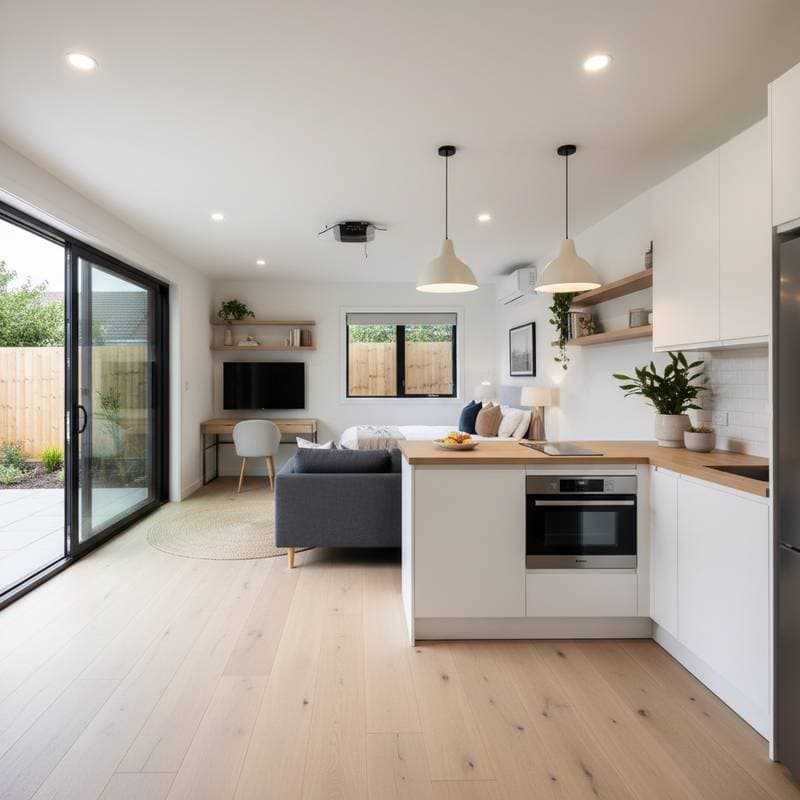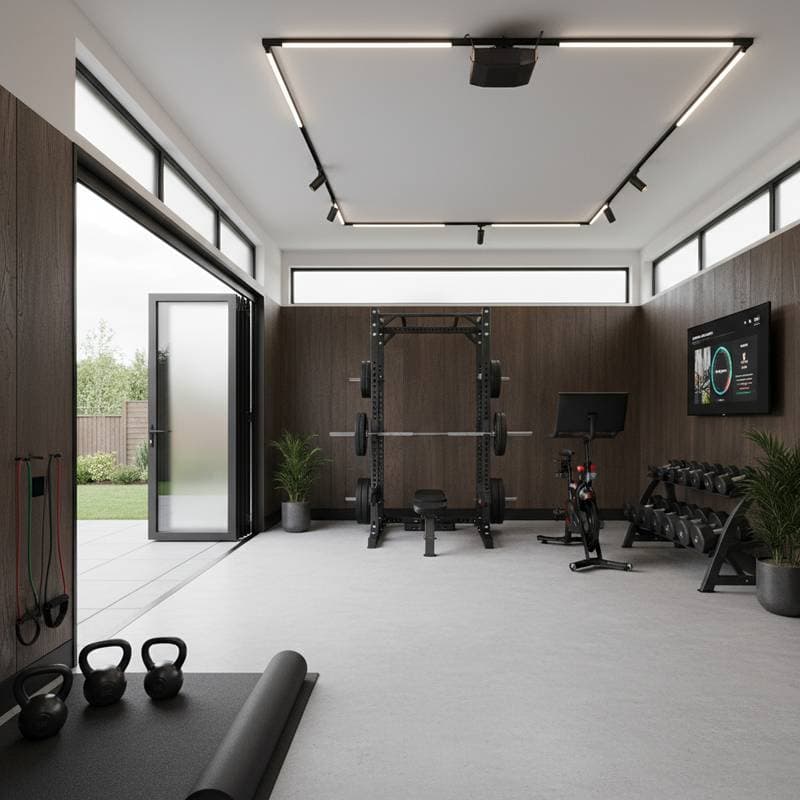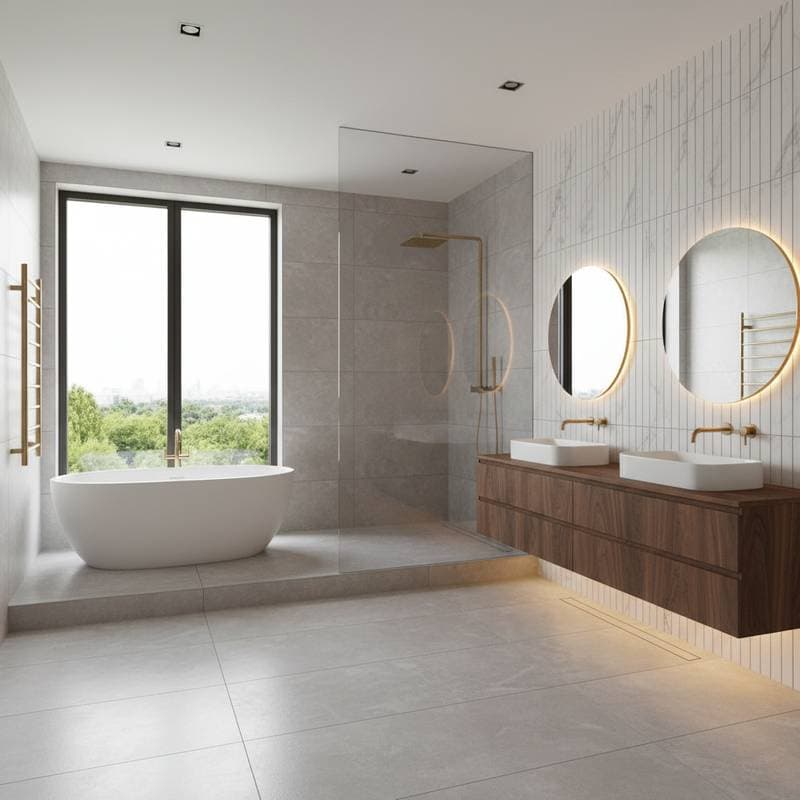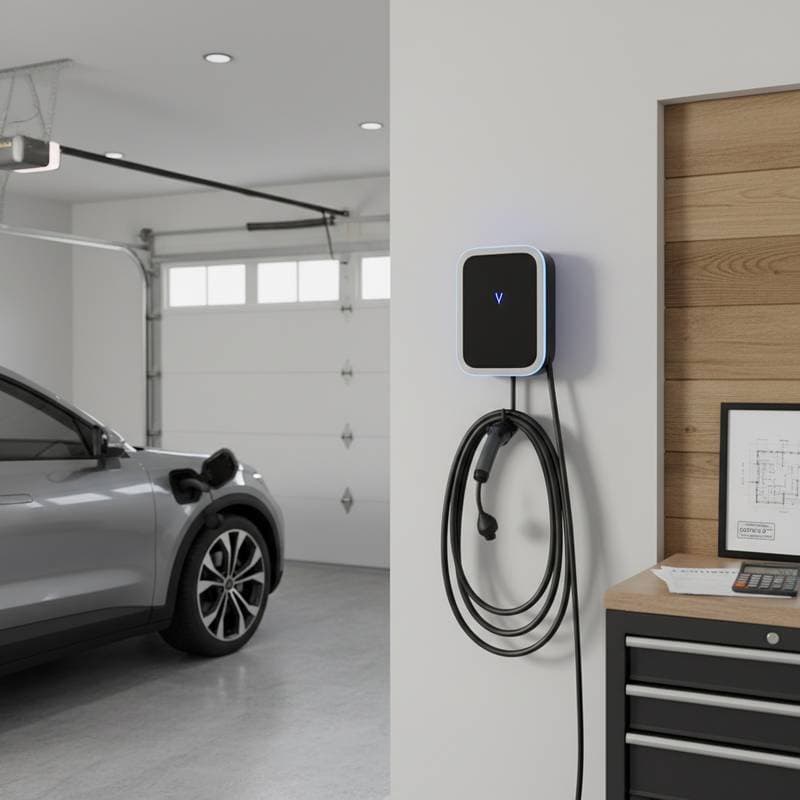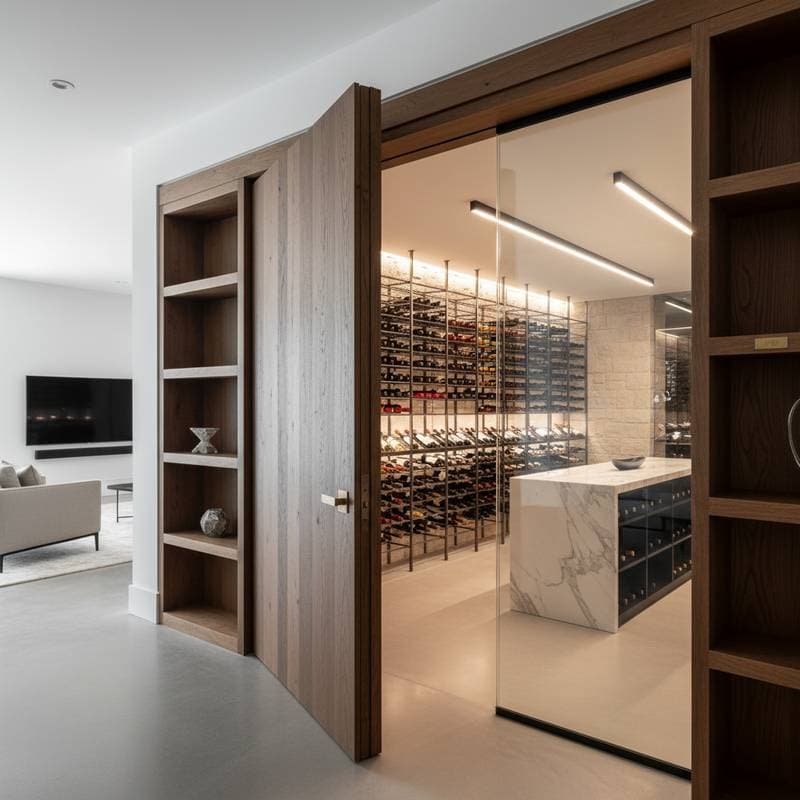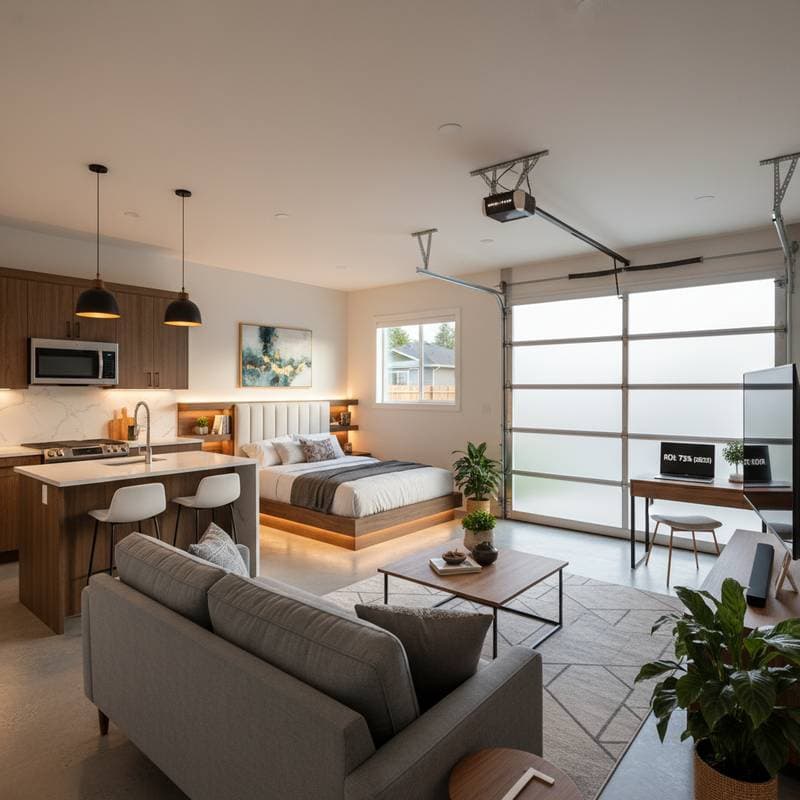Why Garage Conversions Deliver a 92 Percent Return on Investment
Garage conversions, often referred to as garage accessory dwelling units (ADUs) or granny flats, transform underutilized garage spaces into fully functional independent living areas. These projects provide homeowners with opportunities for rental income, additional family living space, or enhanced property flexibility without the need to construct an entirely new building. For owners of properties with idle garages, this approach offers a strategic path to substantial financial returns while preserving yard space and minimizing disruption.
The appeal lies in leveraging existing structures to create value. A well-executed conversion can increase overall property worth significantly, appealing to buyers seeking versatile homes in competitive markets. Homeowners benefit from immediate utility in the form of extra room or revenue streams that offset construction expenses over time.
Advantages and Drawbacks of Garage Conversions
Garage conversions present several compelling benefits alongside potential challenges. Understanding both sides helps homeowners make informed decisions tailored to their property and lifestyle needs.
Key Advantages
- Increases property value and enhances marketability during resale by adding desirable, income-generating features.
- Provides consistent rental revenue, potentially covering mortgage payments or funding other home improvements.
- Maximizes existing footprint, avoiding encroachment on outdoor areas and reducing overall project scale.
- Offers adaptable space for aging parents, grown children, or visiting guests, promoting multigenerational living.
- Aligns with zoning regulations in many areas, qualifying as a permitted ADU with streamlined approval processes.
Potential Drawbacks
- Eliminates available parking spots or storage capacity, which may inconvenience daily routines.
- Demands significant upgrades to utilities such as electrical wiring, plumbing lines, and heating systems.
- Requires navigating permitting processes, including detailed inspections to ensure compliance.
- Encounters possible opposition from homeowners associations or neighbors concerned about density.
- Involves extended timelines for approvals, particularly in municipalities with rigorous review procedures.
Handling the Project: DIY or Professional Assistance
Converting a garage demands expertise across multiple trades, from structural framing to code-compliant installations. While some elements might suit skilled individuals, the complexity often favors professional involvement to avoid costly errors.
DIY Considerations
Garage conversions fall into the advanced category for do-it-yourself efforts. Expect the process to span three to six months, factoring in permit acquisition and inspection schedules. Essential tools include framing hammers, circular saws, power drills, drywall lifts, plumbing torches, and electrical testers.
However, risks remain elevated. Errors in load-bearing modifications or utility integrations can lead to structural failures, electrical hazards, or failed inspections. Homeowners contemplating DIY should possess verified experience in construction and consult local building codes early.
When to Engage Professionals
Opt for licensed contractors, especially for intricate components like plumbing rough-ins, gas line extensions, or seismic reinforcements in earthquake-prone regions. Experts manage permit applications, produce architectural drawings, and conduct code audits, ensuring the project meets safety and legal standards. This approach safeguards investments and accelerates completion.
Long-Term Care and Durability
A properly constructed garage conversion endures for 30 to 50 years under routine maintenance. Focus on preventive measures to preserve functionality and value.
Regular tasks include repainting the exterior every seven to ten years to protect against weathering. Schedule annual HVAC servicing to maintain efficiency and air quality. Inspect roofs and gutters seasonally for debris buildup or damage. Test smoke and carbon monoxide detectors monthly to uphold safety protocols.
Conversions typically include warranties akin to major remodels, covering workmanship for one to five years. Confirm adherence to local ADU standards, including fire-rated separations and energy-efficient features, to extend lifespan and support insurance claims.
Comparing Other Home Expansion Options
Garage conversions offer a balanced alternative to other expansion strategies, each with unique trade-offs in cost, privacy, and usability.
Basement Conversions
These utilize subterranean spaces for added living areas at a potentially lower upfront cost. Challenges involve limited natural illumination and necessary waterproofing to prevent moisture issues. Ideal for properties with dry, accessible basements seeking budget-friendly gains.
Detached Backyard Units
Constructing a new standalone ADU provides complete customization but incurs higher expenses due to foundation and site preparation. This option preserves garage utility while granting privacy, suiting larger lots with ample rear space.
Attic or Second-Story Additions
Expanding upward integrates seamlessly with the primary residence, though it requires extensive structural engineering. Benefits include preserved ground-level areas and premium valuation, best for homes with sufficient roof height and supportive framing.
Garage projects often excel in cost-to-benefit ratios, delivering quick ROI without overhauling landscapes or budgets.
Navigating Regional Regulations and Influences
Project viability hinges on local ordinances, which dictate design limits, fees, and timelines. Coastal zones mandate enhanced moisture barriers and elevation compliance to combat flooding risks. In colder areas, prioritize superior insulation, double-pane windows, and robust heating to ensure habitability.
ADU-supportive regions like California streamline processes with reduced impact fees and expedited reviews. High-demand urban markets amplify returns through elevated rents. Begin by reviewing municipal planning departments for zoning maps, size restrictions, and occupancy rules before sketching plans.
Maximizing Return on Investment and Resale Potential
Garage conversions achieve up to a 92 percent ROI by recouping costs through value appreciation and income generation. Appraisers factor in the unit's legality and revenue history, often adding tens of thousands to listing prices. Properties featuring compliant ADUs attract competitive bids and close sales 20 to 30 percent faster.
Monthly rents range from $1,200 to $3,000, influenced by square footage, amenities, and neighborhood rents. To optimize, incorporate energy-saving appliances and modern finishes that appeal to tenants and buyers alike. Maintain meticulous documentation of permits, as-built plans, and income statements to validate claims during appraisals or sales.
Prioritizing Safety in Every Phase
Safety forms the cornerstone of any conversion, starting with professional oversight for all utility installations. Licensed electricians prevent overloads and shorts, while plumbers ensure leak-proof systems to avert water damage or mold growth.
Incorporate adequate ventilation through windows or mechanical fans to control humidity. Install interconnected smoke alarms and maintain unobstructed emergency exits. Many jurisdictions enforce 45-minute fire-rated walls separating the ADU from the main house.
Permits remain non-negotiable; unpermitted alterations void warranties, complicate insurance, and hinder transfers. Conduct final walkthroughs with inspectors to certify all elements meet life-safety benchmarks.
Steps to Launch Your Garage Conversion
Assess your garage's condition with a professional structural evaluation to identify reinforcements needed. Solicit bids from three to five certified ADU contractors, emphasizing portfolios of similar projects. Review municipal codes for setbacks, utilities, and design guidelines to align your vision.
Sketch preliminary layouts prioritizing natural light, efficient storage, and accessibility features. Budget for 10 to 15 percent contingencies covering surprises like wiring updates. Upon completion, the unit delivers enduring financial and lifestyle advantages, from rental yields to family accommodations.

